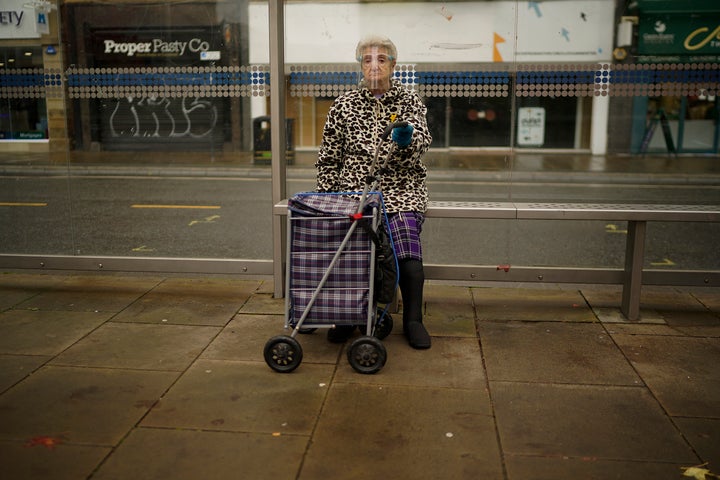Covid-19 infections have risen in 15 areas of England, the latest data reveals, as the country looks forward to embarking on Boris Johnson’s “cautious” roadmap out of lockdown.
Under the plan set out by the prime minister on Monday, all rules limiting social contact could end by June 21 and the first stage – reopening schools – is just 12 days away.
Each step requires the meeting of four criteria, including making sure infections do not risk a surge in hospitalisations.
The biggest increase in Covid cases is in Rutland where they have risen by 87%. Earlier this month the area experienced an even bigger increase of 185%, believed to be due to an outbreak at HMP Stocken.

While the exact number of infected inmates was not been released, the prison reported positive cases on four of its seven wings which hold a total of 950 prisoners.
It is not currently known if the latest increase in cases is also due to an outbreak at the prison.
These most recent figures are for the seven-day rolling average up to February 21, and the increase is a comparison with the seven-day rolling average to the previous day.
- Rutland 87% (242.9 cases per 100,000 people)
- Swindon 23% (115.7)
- Herefordshire 21% (94.4)
- Hartlepool 14% (176.2)
- Bradford 12% (214.9)
- Bury 13% (225.1)
- Sheffield 9% (129.3)
- North East Lincolnshire 7% (122.8)
- Oxfordshire 6% (78.4)
- Kirklees 5% (184.9)
- Leeds 4% (162.8)
- Rochdale 2% (177.6)
- Southampton 1% (142.2)
- East Riding 1% (114.9)
- Wakefield less than 1% (184.0)
Speaking HuffPost UK, Dr Kit Yates, mathematical biologist at the University of Bath, said the case rate per 100,000 people would need to be far lower than it is now in order to keep on top of any outbreaks that might occur.
“In terms of having everything opened up and being able to keep on top of cases using Test and Trace, we need to be down to 10 cases per 100,000 people per week.” Dr Yates said.
“That’s where we need to be if we want to stamp down on outbreaks.”
So where are we right now? Although it varies across the country, on average we’re at 113.6 cases per 100,000 people.
- London -26% (78.6 cases per 100,000 people)
- South West -24% (68.1)
- East of England -20% (92.2)
- South East -19% (78)
- North East -14% (139.7)
- West Midlands -13% (152.1)
- North West -12% (150.4)
- East Midlands -8% (167.1)
- Yorkshire and The Humber 0% (150.1)
The PM has already said local lockdowns could be “reimposed” to tackle new variants of Covid-19 that cause increases in infection rates.
He told MPs on Monday: “We can’t rule out reimposing restrictions at local and regional level if the science suggests they are necessary to contain or suppress a new variant.”
All regions of England recorded a week-on-week fall in the number of Covid-19 deaths registered in the week to February 12, the ONS said on Tuesday..
South east England saw the highest number of Covid-19 deaths registered: 974, down 31% from 1,415 in the previous week.
Eastern England saw the second highest number: 808, down 26% from 1,098.

